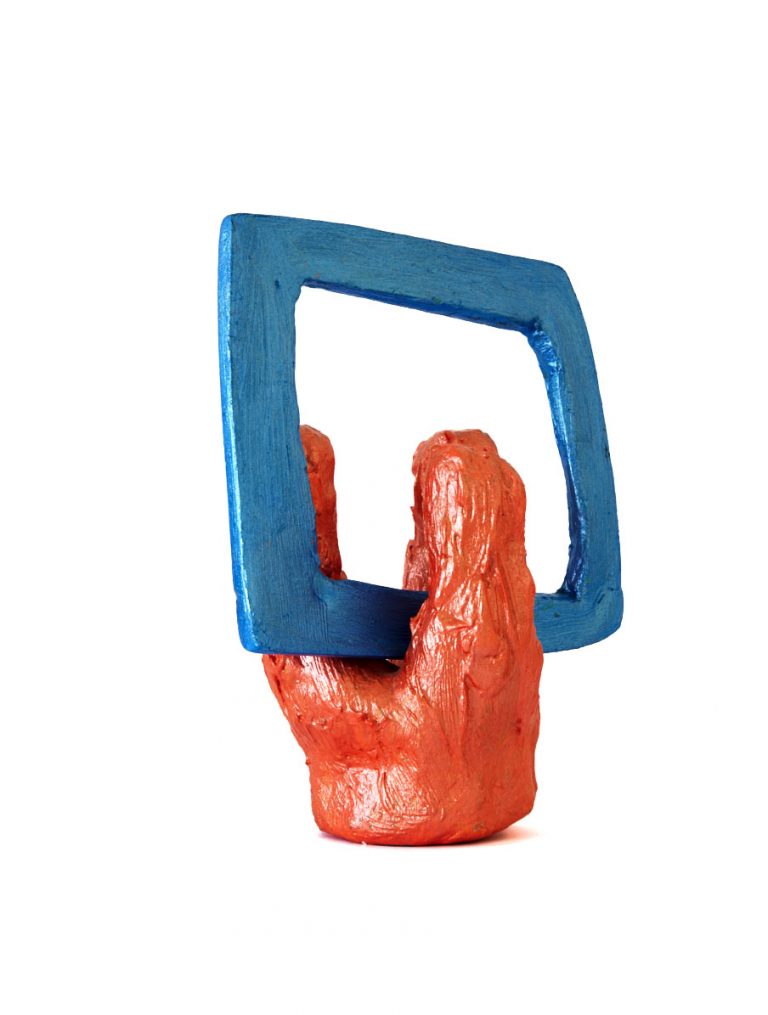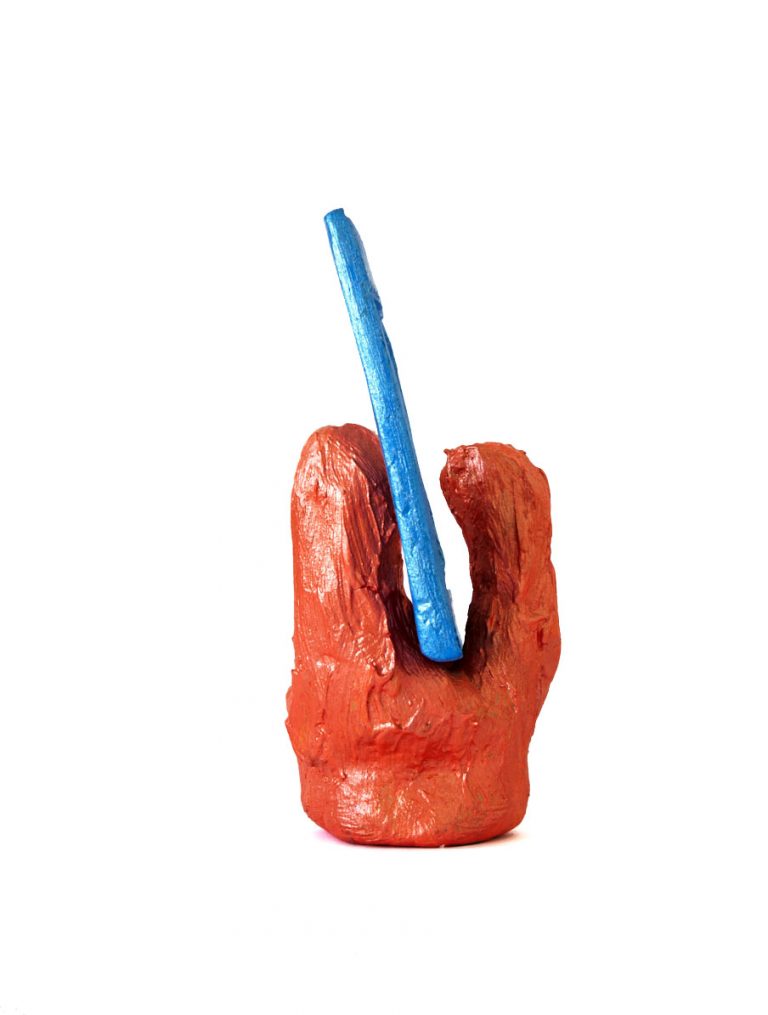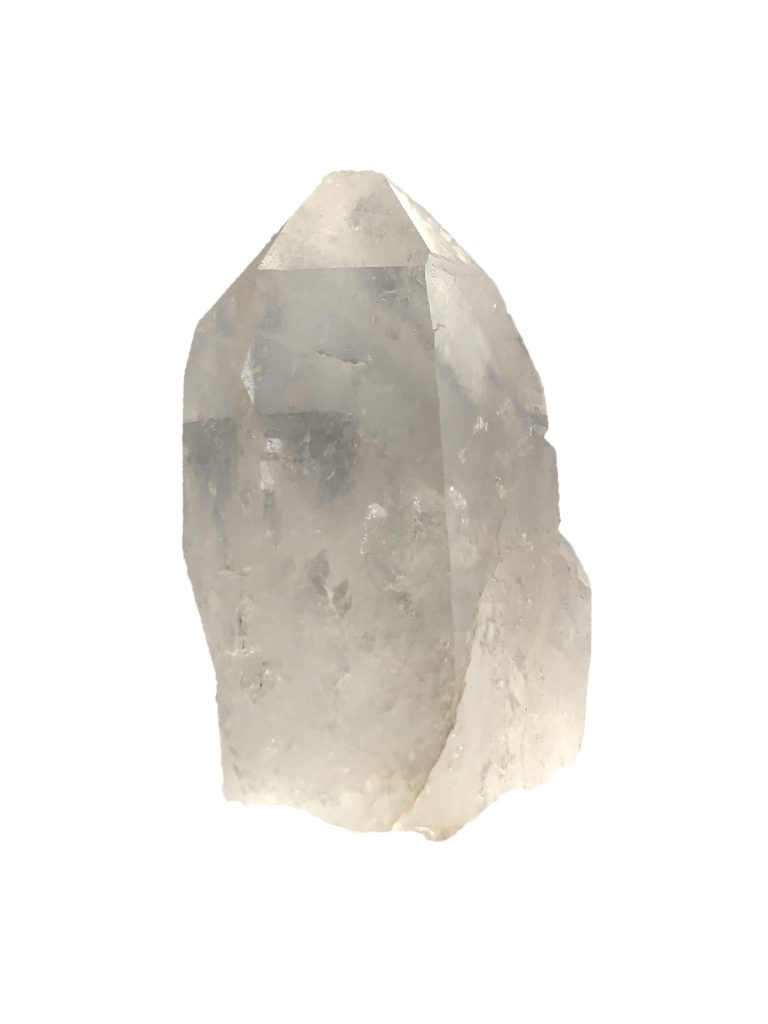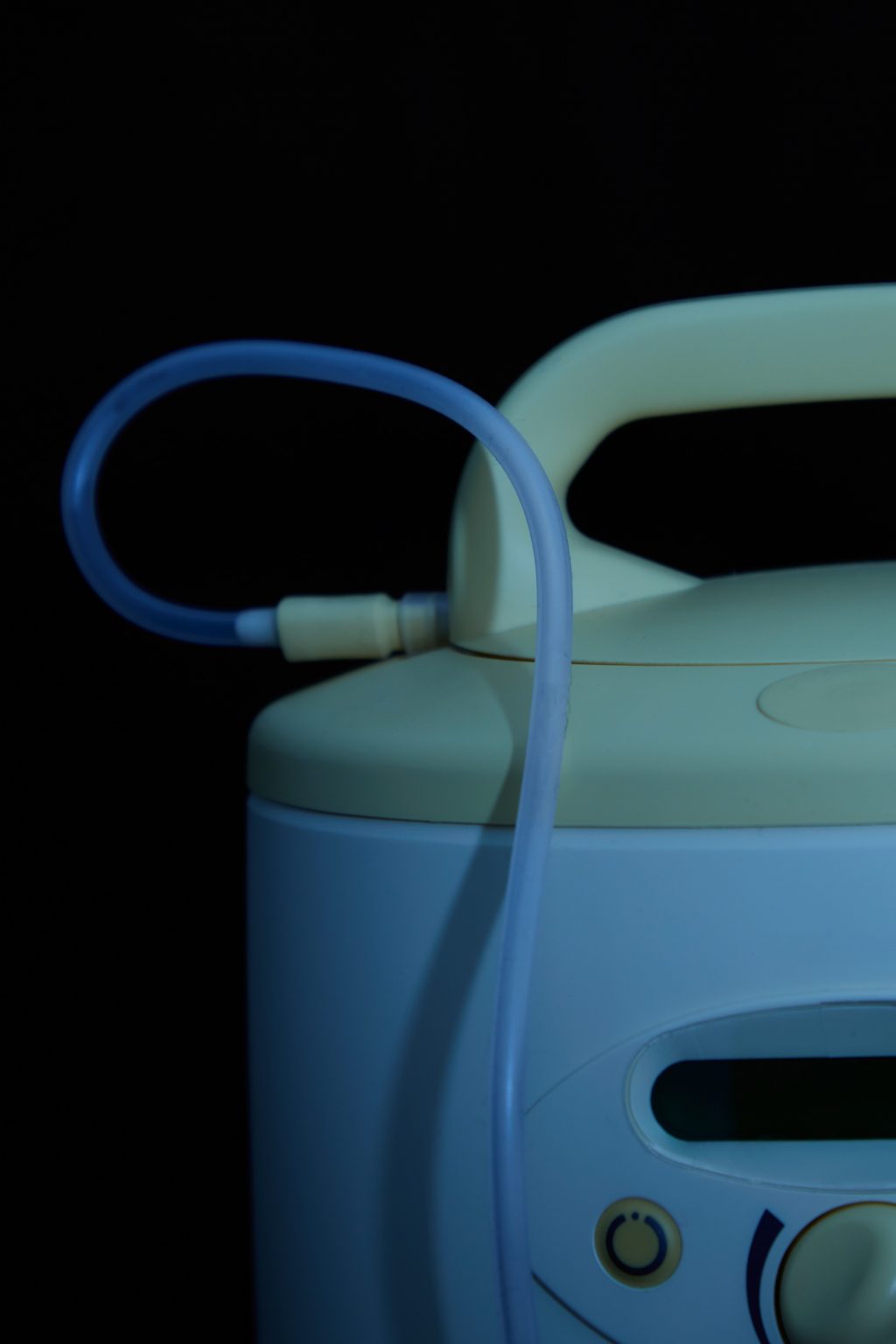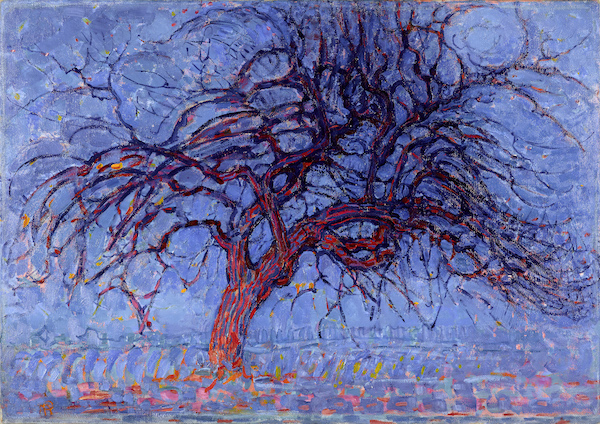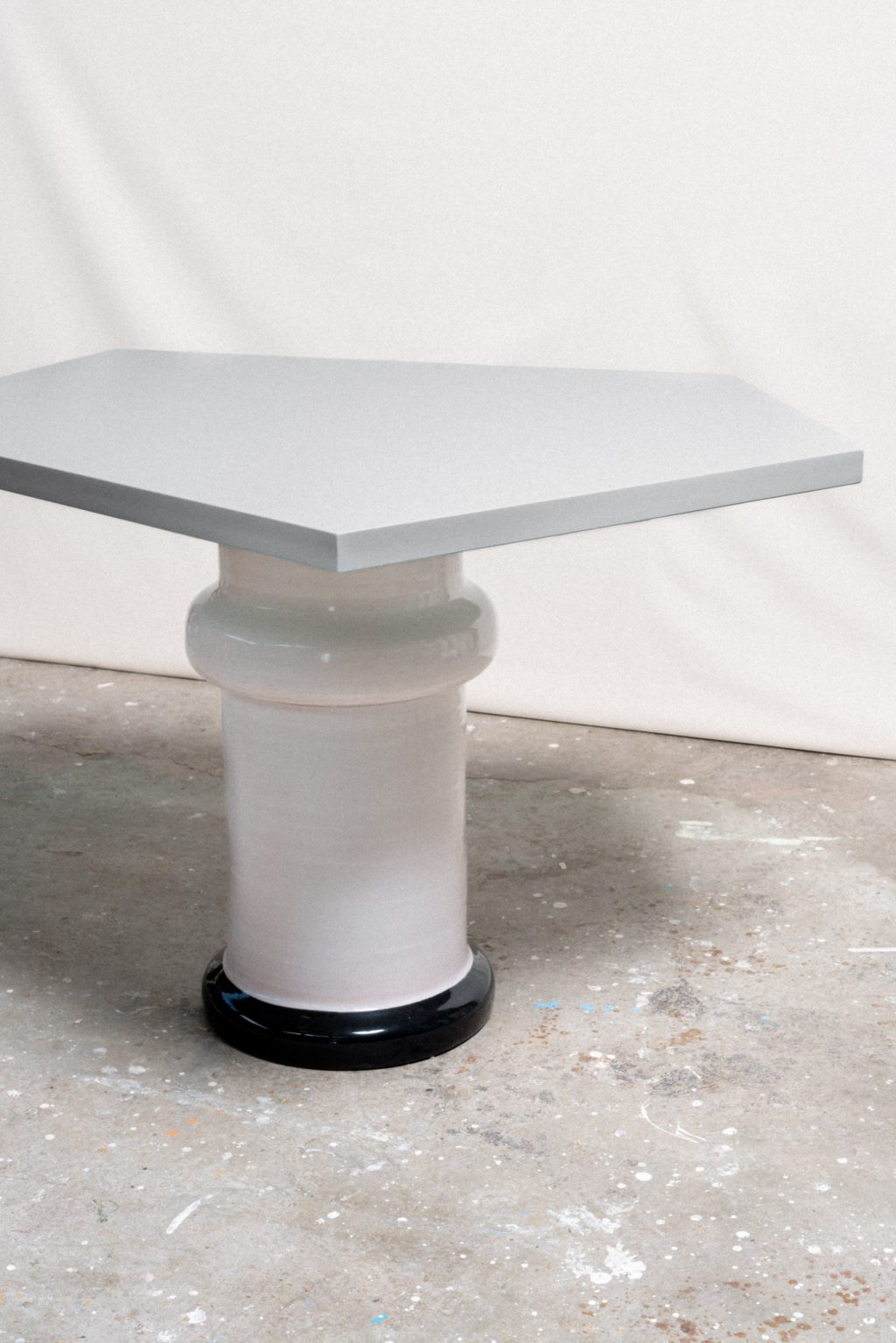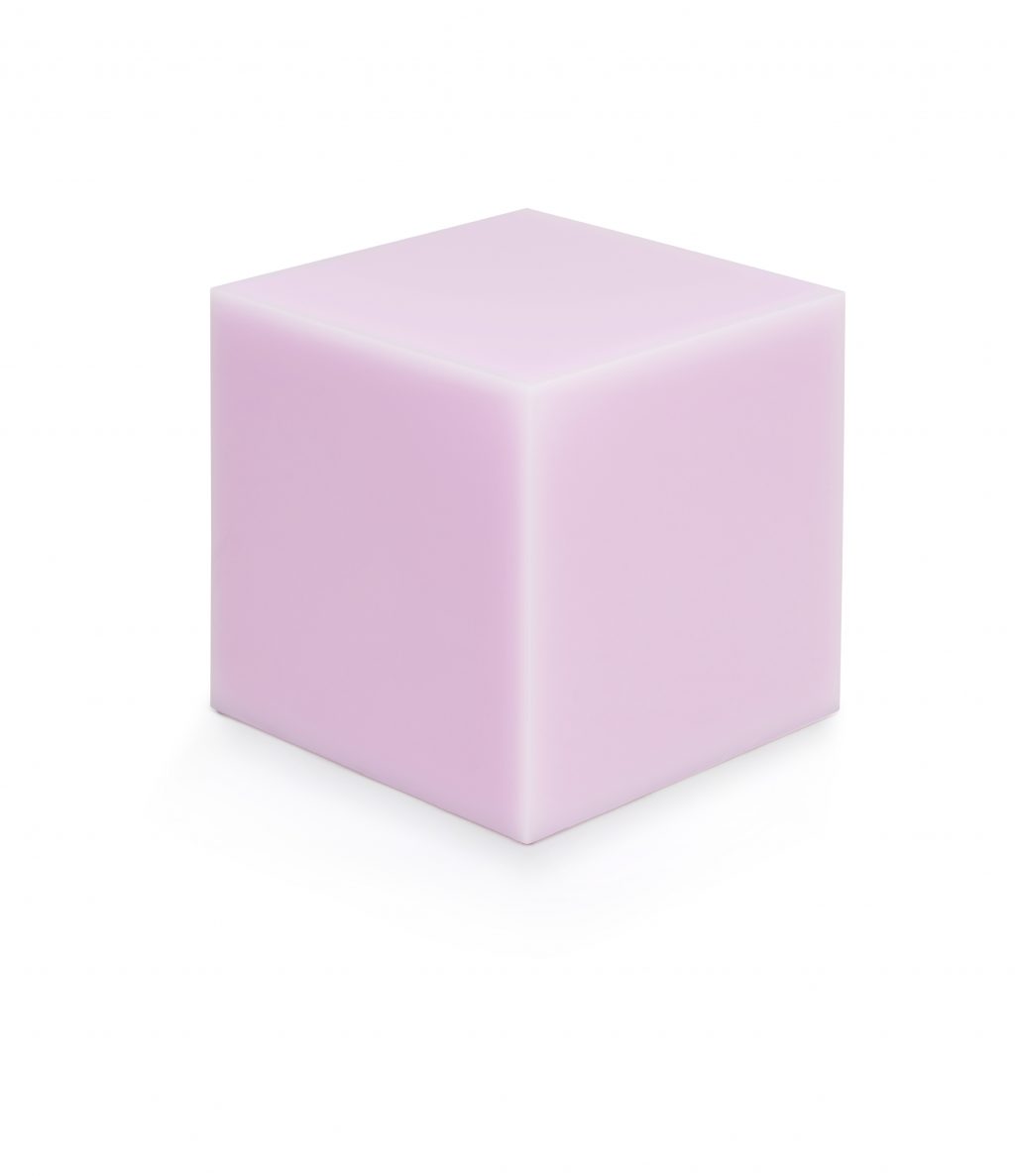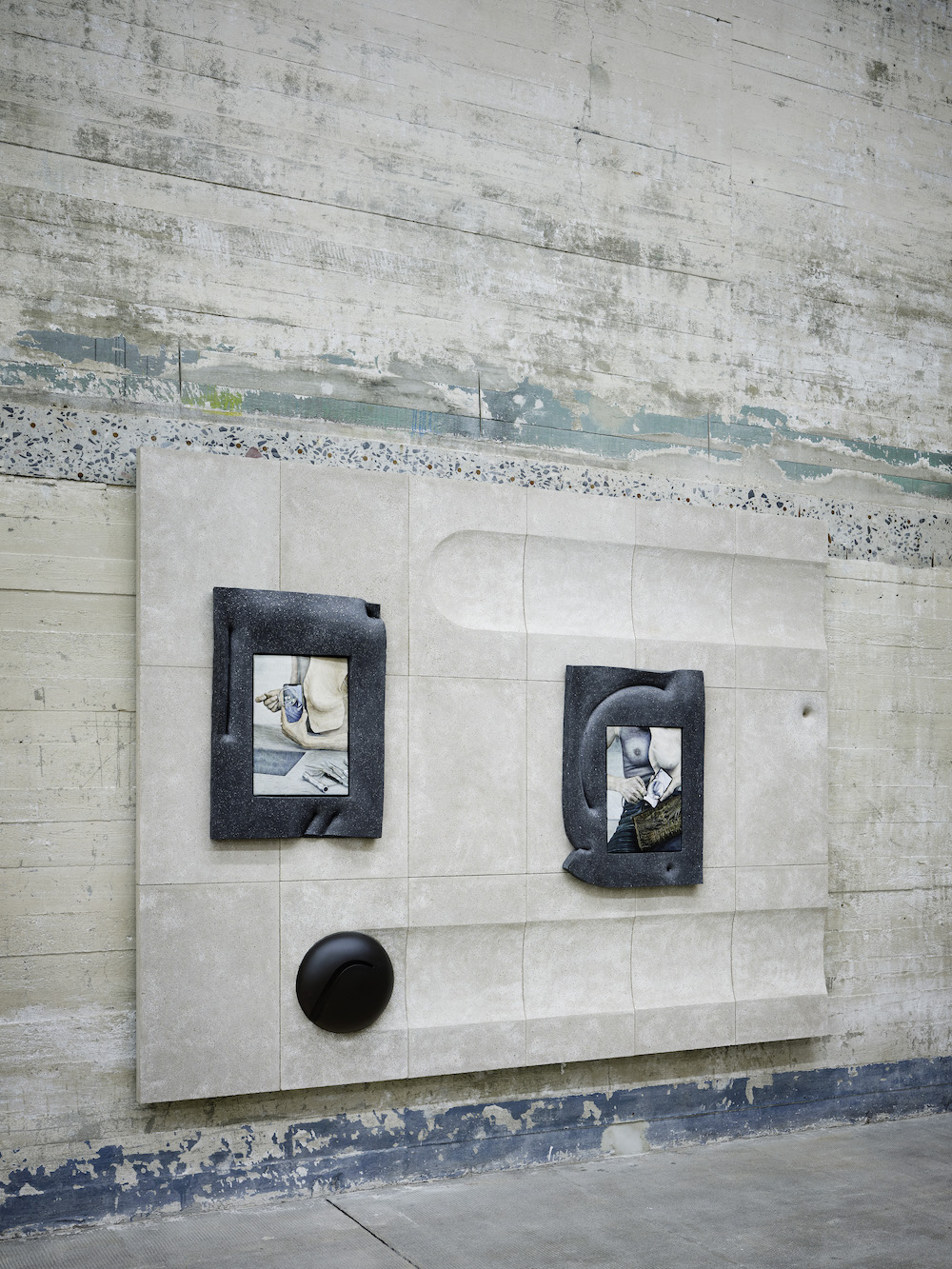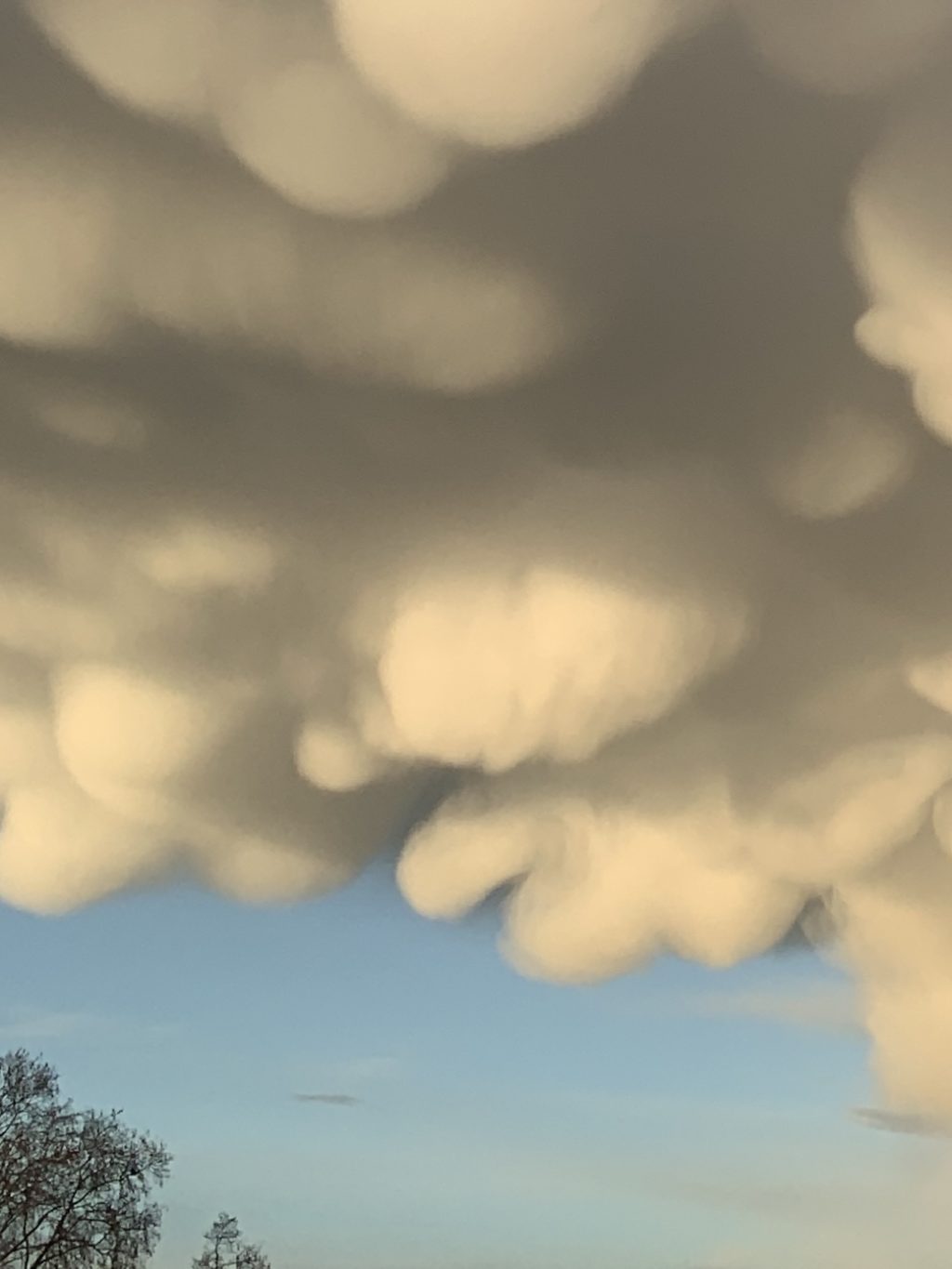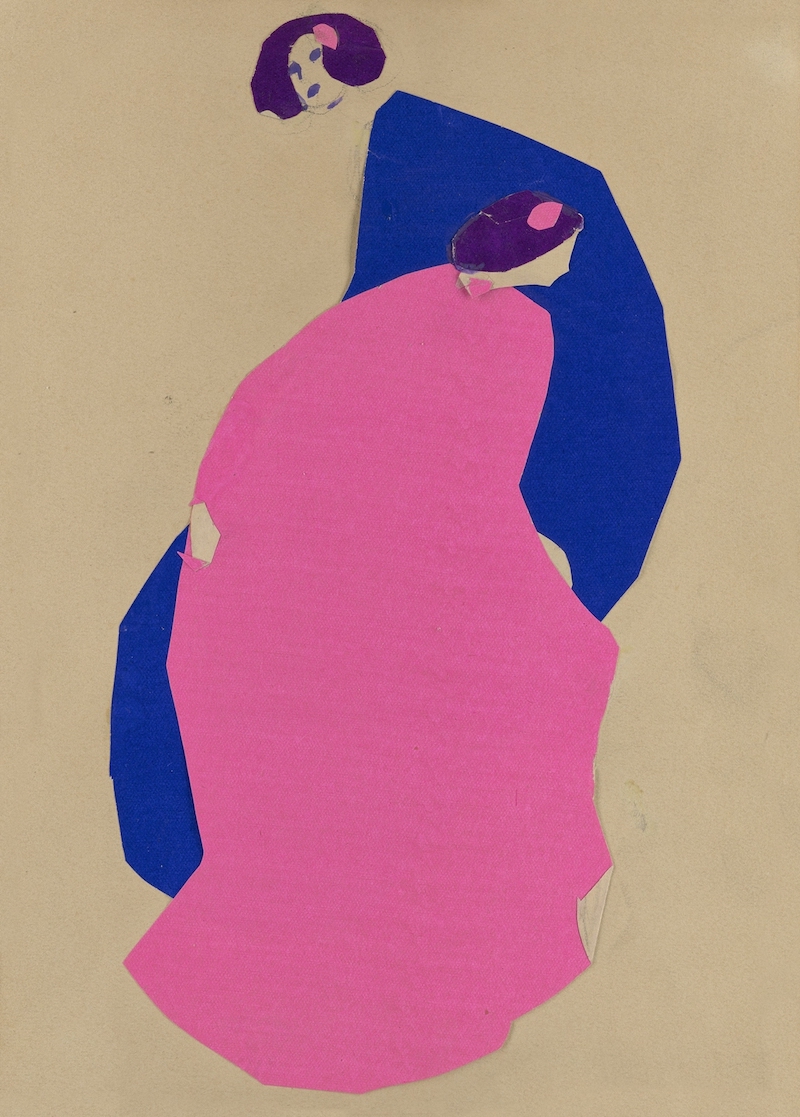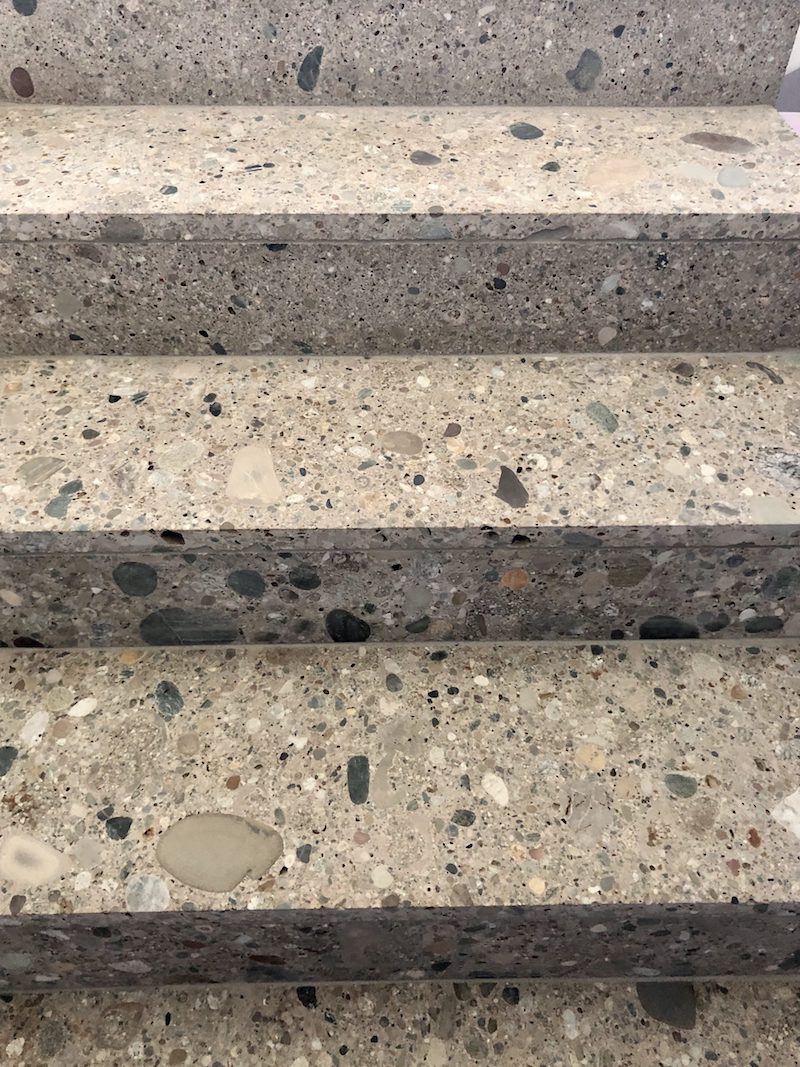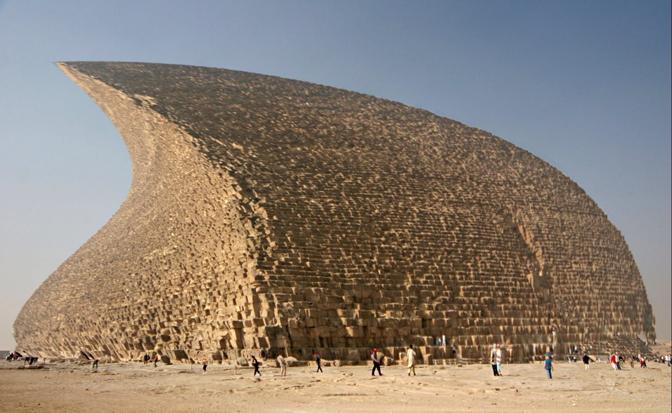Back from a ✌︎-year pause is the Berlin-based contemporary art award made by artists for artists: the Berlin Art Prize. Edition after edition, the Prize stands out for supporting emerging artists and showcasing the city’s diversity of exhibition platforms. This year’s jury, composed a.o. by Anna Ehrenstein and Amelie von Wulfen, nominated 8 artists out of 700 applicants to exhibit in 8 project spaces throughout the city. Three winners will be gifted a trophy, created with a magic touch by Petitrit Halilaj and Alvaro Urbano.
IN JULIUS, THE STORY REACHES ACROSS THE STREET
Just across the street from their first restaurant in Berlin-Wedding, the ernst team have opened the doors to a minimalistic corner-restaurant with a casual fine-dining approach. Touched by the sensibility of Japanese home-cooking and classic French technique, the menu is served prix fixe or a la carte, formed around produce at its peak. During the day, guests can enjoy fresh pastries and coffee roasted in-house over fire, extended by an ever-changing weekend lunch menu and a constantly evolving selection of wines.
HOUSING THE CITY FOR 9.99 EURO
High-quality housing at 9.99 Euro rent per sqm in one of Europe’s most expensive cities? A challenge that Euroboden and architect Florian Nagler are happy to take: Their “Haus für München” demonstrates that good architecture, sustainability and affordability are not contradictory in terms, if developer, architect and the city work in close alliance. A clever move of the City of Munich granted the plot in the popular Schwabing neighbourhood at a favourable lease to the most social and affordable concept: “Haus für München” will offer 52 flats of various sizes, communal and outdoor spaces, fully built from timber. The bold low-tech strategy reduces running costs as well as CO2 emissions. And, regardless of income, the rent of 9,99 Euro per sqm will apply to everyone. 40% of the flats will be open to all. 60% are for those who play a key role in providing for the city’s community.
LITTLE JAPAN IN WEIL AM RHEIN
The Umbrella House by Japanese architect Kazuo Shinohara, which was built in Tokyo in 1961, has recently been reconstructed in Weil am Rhein. In designing the wooden house with the “umbrella” roof, Shinohara drew on the traditional vernacular architecture of Japanese homes and temples, while employing simple and inexpensive materials, such as cement fibre boards on the facade. In the 1960s the Umbrella House has been a novel and inspirational contribution to Japanese architecture, now it’s a new highlight on the Vitra Campus.
LIVE MILK FEED
The Schering Stiftung brings Jenna Sutela’s latest work together: a bubbling installation resembling a fountain, “HMO Nutrix,” and the poetically narrated film “Milky Ways.” Both deal with one of the most complex human fluids: breast milk. Drawing on her research in feedback mechanisms between human and non-human life forms, she explores the implications of synthetically produced body milk in the food industry, the symbiosis of humans and microorganisms and the mythological creation of the Milky Way galaxy.
KEREN CYTTER TAKES OVER THE LUDWIG FORUM AACHEN
Ludwig Forum Aachen presents with “Bad Words” a survey of more than one hundred works produced over ten years by New York-based artist Keren Cytter. Highlighting text and language as crucial elements in her practice, the exhibition combines for the first time all of the artist’s fields of interest: film, soap operas, theatre, sculptures, drawings, zine- and book-making as well as life coach guides. The show was festively inaugurated with “Cold Summer”, a two-day program with readings, concerts and performances curated by Cytter herself.
SPATIAL EXPERIENCES OF MUSIC
Music as performative spatial art is a largely unexplored intermediate field of the performing arts, which the “Musik Installationen Nürnberg” want to introduce to a larger audience. During the four-day festival, eight different venues in Nuremberg will host musical installations taking place announced, spontaneously or around the clock. The interaction of sounds, artists and visitors create musical-performative situations beyond the typical concert that enhance the element of space as a central moment of musical experience.
THE GAZE OF SIBYLLE BERGEMANN
Sibylle Bergemann is one of Germany’s best-known female photographers. Her exhibition at the Berlinische Galerie “Town and Country and Dogs” shows her unique perception of the world and how sensitively she captured the imperceptible connections between people, objects and spheres. During the GDR, this particular gaze enabled her to professionally photograph society beyond the partisan pictorial canon – without risking censorship. Following the Fall of the Wall, Bergemann co-founded the OSTKREUZ agency, continued to widely publish her work in all sorts of fashion and culture magazines and travelled the world for international outlets such as the New York Times or GEO Magazine.
MONDRIAN EVOLUTION
Marking the 150th birthday of Piet Mondrian, the Fondation Beyeler presents the “Mondrian Evolution” retrospective. With over 85 paintings, the entire museum will be dedicated to the painter’s more unusual and lesser-known phases. Beyond the lengthy transition from traditional landscape painting, to the exploration of new Parisian avant-garde techniques and his much acclaimed process of abstraction there is much more to discover. Namely, the traces of the artists he learned from, such as Van Gogh, Picasso and George Braque, or the cities where he worked: New York, Paris and London.
NEITHER DORIC NOR IONIC: SERIES A OF THE COURTYARD SERIES
The Courtyard Series is an ongoing project and platform by interior designers and creatives Andrea Vasquez Medina and Iris Roth. For their first launch, the duo draws on the columns and totems found throughout the classical Greek and Roman architecture, tying in tradition with modern-day function and aesthetics. Varying in height from 40-90 centimetres, the ceramic-based columns are designed, in close collaboration with local artisans, to serve as freestanding features or legs of tables, seating objects and displays.
A DESTINATION FOR ART IN NATURE
Art enthusiasts are being drawn outside of the city and into nature where the sculpture park Schlossgut Schwante celebrates the addition of three new works in the exhibition “Sculpture & Nature III”. The largely site-specific works continue the theme of art and nature’s connectivity that constitutes the sculpture park’s outdoor ensemble. Coupled with a regional culinary offering and diverse program of guided tours, workshops and concerts, Schwante serves as a full-day excursion just outside Berlin.
WHAT NOW?
“What Now? (Und Jetzt?)” is the question of the current architecture photography exhibition at Nidus Kosmos. Six non-local artists explore places in Düsseldorf, that have been the subject of debate around architecture and city planning for years – urban sites that are waiting for answers. “Und Jetzt?” offers a fresh perspective on the city’s ongoing challenges and aspires to create a platform for architectural discourse. With works of Schnepp Renou, Franziska Krieck, Thilo Rohländer, Sebastian Schels, Annika Feuss und Philip Heckhausen.
COLOUR RUSH
Dutch designer Sabine Marcelis has rearranged the near four hundred objects on display at the Vitra Schaudepot by colour. The annual installation offers a fresh perspective on the Vitra Design Museum collection, drawing cross-references between eras and styles. In one simple, sweeping gesture Marcelis has transformed the collection into a sea of colour, demonstrating why a careful choice of hues and shades is so central to home and furniture design.
LUIS BARRAGÁN AT VITRA SCHAUDEPOT
The Vitra Design Museum presents insights into the professional estate of Luis Barragán, one of the most influential Mexican architects of the twentieth century. The Barragán Gallery at Vitra Schaudepot presents drawings and photographs, together with biographical details and an illustrated chronology of modern architecture in Mexico.
DEDICATED TO OUR PHYSICAL BEING
With 20 contemporary positions by artists like Anne Imhof, Klára Hosnedlová and He Xiangyu, the Boros Collection presents their next semi-permanent exhibition #4. Inside the monumental bunker, all works reflect on the physical body in one way or another, drawing attention to its fragility, to its (com)modification and objectification through technology—and ultimately questioning our own relationship to our bodies.












